Rooftop platforms are essential in the HVAC system industry for a number of reasons, including equipment support, ease of maintenance, and safety. The complexity of buildings and the stringency of energy efficiency standards are driving changes in HVAC rooftop platform design, construction, and maintenance. In this article, we’ll explore the best practices and innovations in achieving both efficiency and safety in HVAC rooftop platforms.
Introduction To HVAC Rooftop Platforms
Buildings often have raised constructions called HVAC rooftop platforms that hold various HVAC components, including air conditioning units, ventilation systems, and more. These platforms provide several key functions:
Equipment Support:
Rooftop platforms bear the weight of heavy HVAC equipment, ensuring structural integrity and preventing damage to the building.
Accessibility:
They offer a safe and accessible space for technicians to perform installation, maintenance, and repair tasks on HVAC systems.
Ventilation:
Properly designed rooftop platforms facilitate airflow around HVAC equipment, preventing overheating and optimizing system performance.
Safety:
Rooftop platforms are equipped with safety features such as guardrails, ladders, and non-slip surfaces to protect workers from falls and other hazards.
Best Practices For Efficiency In HVAC Rooftop Platforms
Efficiency in HVAC rooftop platforms involves maximizing the performance of HVAC systems while minimizing energy consumption and operational costs. Here are some best practices to achieve efficiency:
Proper Sizing And Placement:
Design rooftop platforms to accommodate the size and weight of HVAC equipment while optimizing space utilization. Proper placement of equipment on the platform can improve airflow and efficiency.
Insulation And Sealing:
Reduce the strain on HVAC systems and increase energy efficiency by making sure rooftop platforms are adequately insulated and sealed to prevent heat leakage or gain.
Use Of Energy-Efficient Equipment:
Install energy-efficient HVAC equipment that meets or exceeds industry standards, such as high-efficiency air conditioners, heat pumps, and variable-speed fans.
Regular Maintenance:
Maintaining the best possible condition of the HVAC systems and rooftop platforms requires a proactive maintenance programme. To prevent problems from getting worse, it is important to clean, lubricate, and inspect equipment on a regular basis.
Integration With Building Automation Systems (BAS):
Integrate rooftop platforms with BAS to monitor and control HVAC operations more effectively. BAS can optimize energy usage based on occupancy schedules, weather conditions, and other factors, improving overall efficiency.
Airflow Management:
Design rooftop platforms with features such as louvres, dampers, and airflow baffles to control and optimize airflow around HVAC equipment. Proper airflow management can enhance system performance and efficiency.
Innovations In HVAC Rooftop Platforms
Innovations in HVAC&R platforms, such as the integration of smart sensors and controls, are revolutionizing the efficiency and safety of building operations. New ideas for making HVAC rooftop platforms safer and more efficient have emerged as a result of technological and engineering advancements. Some notable innovations include:
Modular Platforms:
Modular rooftop platforms allow for faster installation and easier customization to accommodate different HVAC configurations. They also facilitate future expansions or upgrades without major structural modifications.
Green Roofs:
Green roofs, which incorporate vegetation and landscaping on the rooftop surface, offer several benefits for HVAC systems. They provide natural insulation, reduce heat island effects, and improve air quality, leading to energy savings and enhanced system performance.
Smart Sensors And Controls:
Integration of smart sensors and controls into rooftop platforms enables real-time monitoring of environmental conditions, equipment performance, and energy usage. This data-driven approach allows for predictive maintenance, optimized operation, and energy savings.
Safety Innovations:
Advances in safety features such as fall protection systems, anti-slip surfaces, and remote monitoring technologies enhance worker safety on rooftop platforms. Drones and robotics are also being utilized for inspection and maintenance tasks, reducing the need for manual labour in hazardous environments.
Material Innovations:
Using composite polymers and aluminium alloys, which are both lightweight and durable, rooftop platforms can reduce the weight burdens on buildings without compromising their structural integrity or longevity. Rooftop platforms made of these materials have a longer lifespan since they are resistant to weathering and corrosion.
Conclusion
Efficiency and safety are paramount considerations in the design, construction, and maintenance of HVAC rooftop platforms. Professionals in the HVAC industry, building owners, and facility managers may improve system performance, cut energy use, and make workplaces safer by following best practices and being open to new ideas. As technology continues to evolve, the future of HVAC rooftop platforms holds promising opportunities for further enhancing efficiency, sustainability, and safety in building operations.

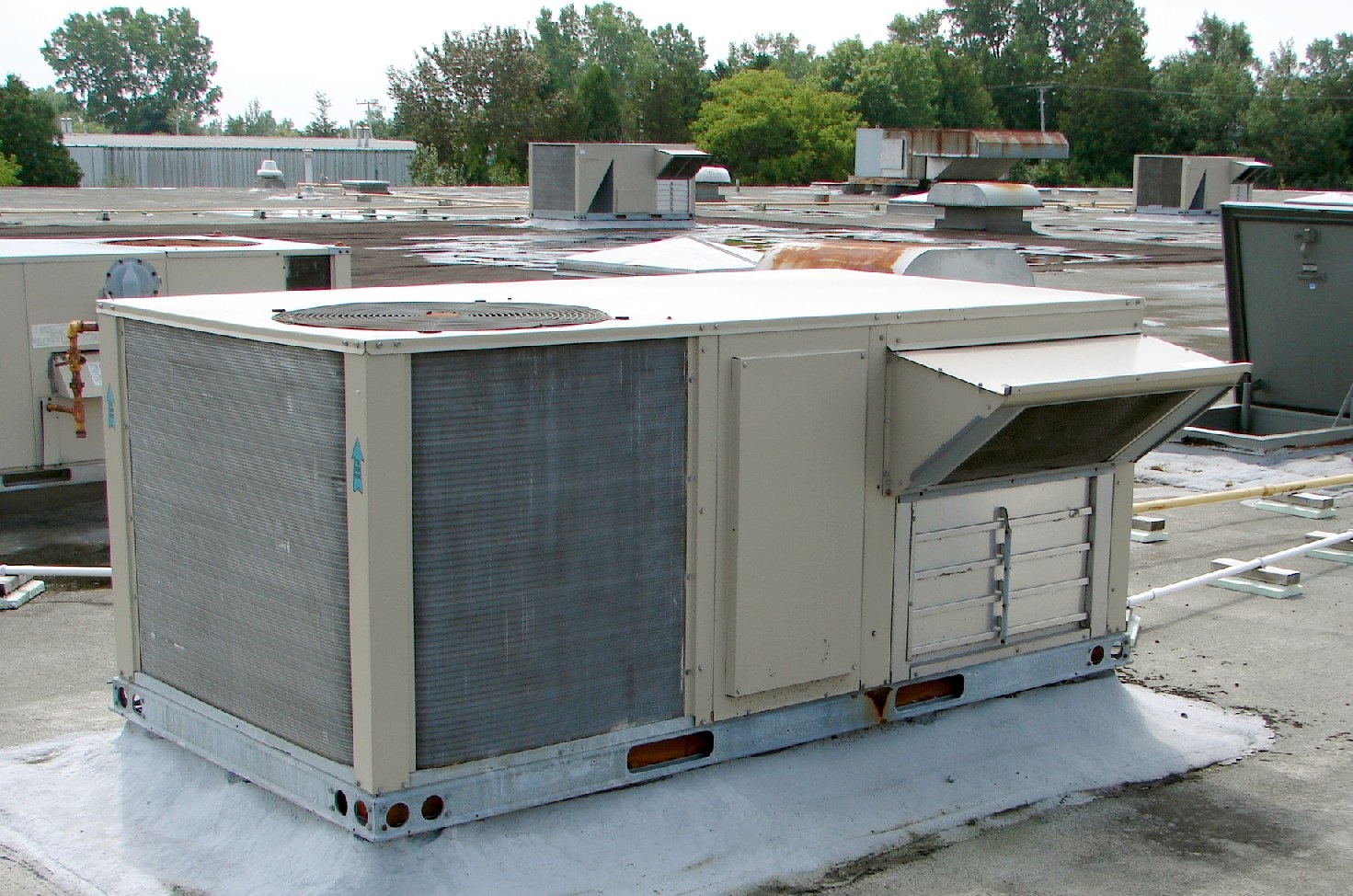
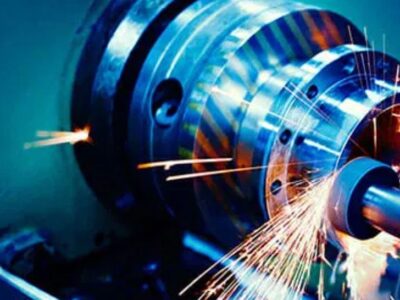

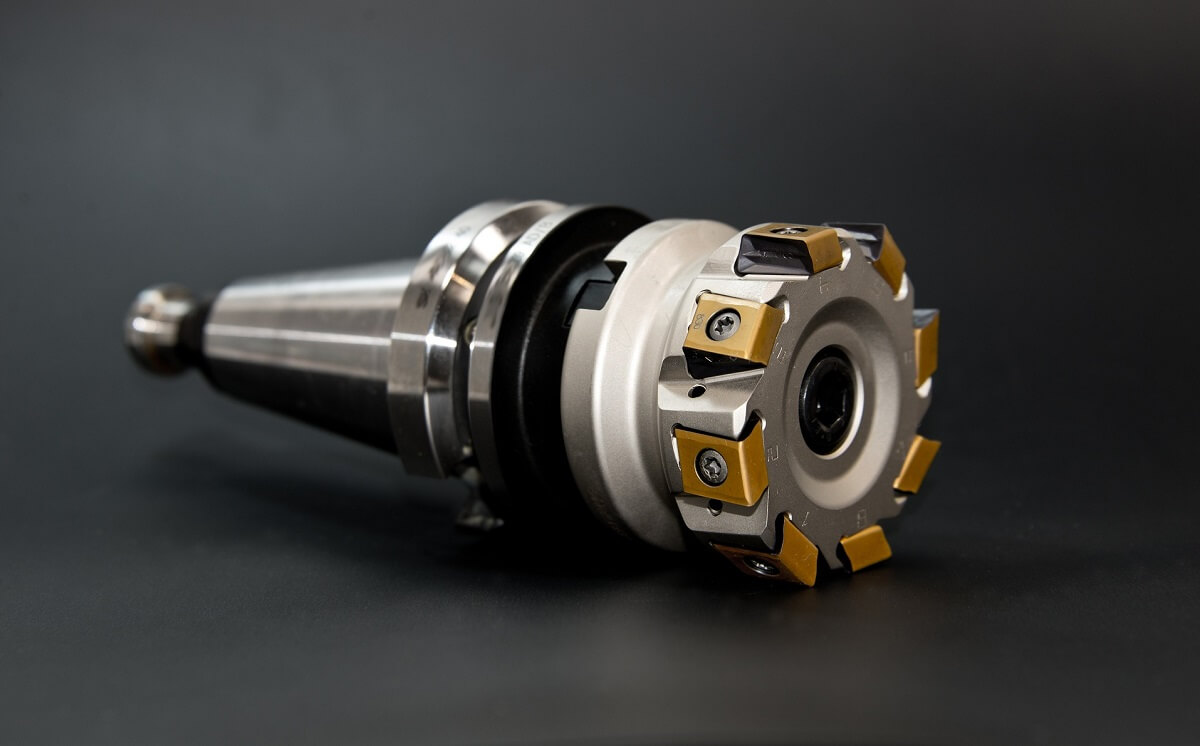
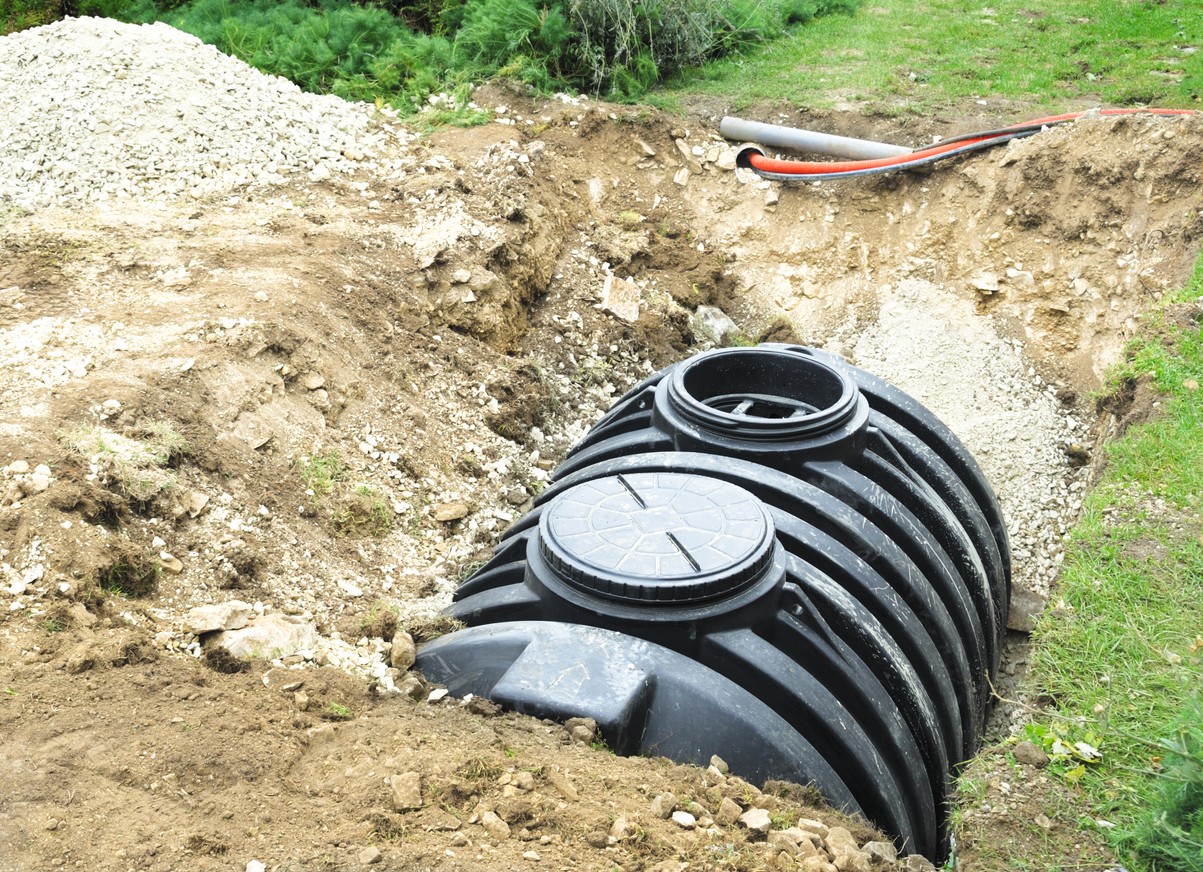
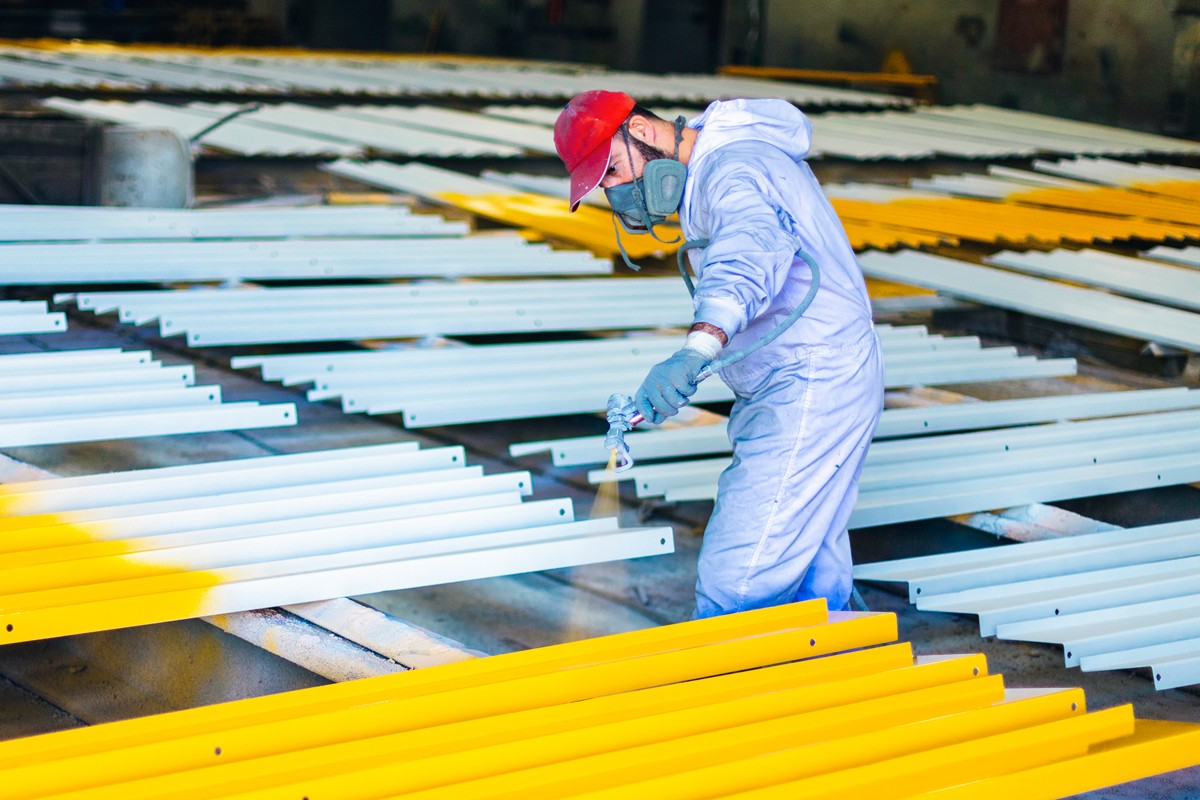

Comments